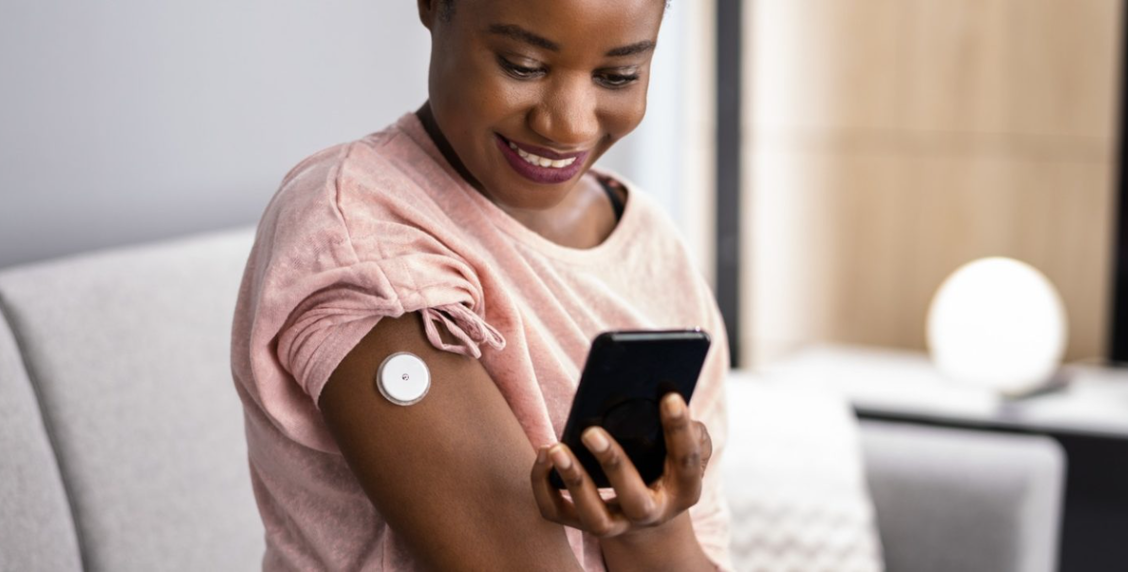What It Is, How It Works, and Why It’s Important
Continuous Glucose Monitoring (CGM) is a tiny sensor that measures glucose just under the skin. This technology has historically targeted the Type I Diabetic community. In recent years, Type II Diabetics have also benefited from the biofeedback advantage that CGMs offer. While a prescription is still needed, CGM companies like Levels, Nutrisense, and FreeStyle Libre are now targeting non-diabetics who want to benefit from better glucose control.
CGMs come in different varieties, including manual and real-time streaming. Manual CGM requires active scanning with a cell phone or glucose reader. Realtime Streaming (Like Dexcom G6) attaches to the skin and gives continuous readings without active scanning.
Why would you use a CGM?
Glucose monitoring allows you to see more than just a snapshot that you might get during lab testing for fasting glucose. Instead, continuous glucose monitoring will enable you to see several hours of data to help you track patterns. It can be helpful to see what causes highs and lows in your glucose from diet, stress, sleep, and exercise. Understanding what aspects of your lifestyle impact your glucose levels is key to getting better control.
Who uses a CGM?
People who are living with any form of diabetes – Type I, Type II, prediabetes, gestational diabetes – use CGMs to help them maintain their glucose levels and manage their disease.
Non-diabetic people are increasingly seeking to understand how their lifestyles impact their glucose levels and how they avoid developing diabetes. Since CGMs provide continuous feedback you can see how sleep, stress, and certainly diet are all impacted in real time.
Do I have to stick my finger?
No. You can find several videos demonstrating CGM sensor applications. The sensor application involves placing a microfilament just under the skin. Here’s a video is a close-up of the filament that captures your glucose. While there might be a slight ache on application, it lasts briefly. Most sensors stay applied between 10 and 14 days. If you are a Type I or Type II Diabetic, you must occasionally calibrate with a fingerstick. Using CGMs is still very different from the daily sticks that we may traditionally associate with Diabetes Management.
When should I consider something like this?
Suppose you are concerned about glucose management due to a family history, personal history of prediabetes or Type II Diabetes. In that case, it’s worth exploring a conversation with your doctor to see if you might be a good candidate. It’s still a good idea to have the conversation, even if you don’t have a history. Many CGM companies target non-diabetes who can use it for a better diet, weight management, and overall improved well-being.


